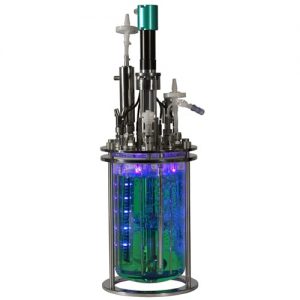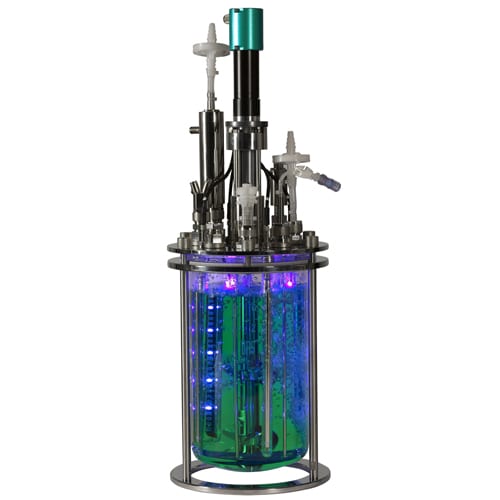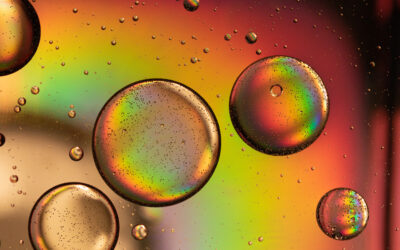 Algae seem to be suited for regenerative energy applications due to their photosynthetic efficiency and high yield in biomass. This biomass can be used for the industrial production of biofuels. The challenge in this field is that only a few micro-algae species offer suitable high yields in the desired lipids.
Algae seem to be suited for regenerative energy applications due to their photosynthetic efficiency and high yield in biomass. This biomass can be used for the industrial production of biofuels. The challenge in this field is that only a few micro-algae species offer suitable high yields in the desired lipids.
Thus, a renowned American institute in cooperation with the company DASGIP carried out comprehensive research with regard to algae growth parameters. They investigated the conditions under which Tetraselmis sp.and Dunaliella tertiolecta provide high lipid yields for biofuel production.
The researchers controlled the relevant process parameters, in particular different light spectra and light intensities, using the DASGIP PhotoBioreactors (PBR). The internal arrangement of the LED illuminators provides effective and consistent light supply of the culture.The deployed benchtop vessels are each fitted with an overhead drive and four illuminators.
These illuminators are placed inside each bioreactor and serve light spectra with accurate wavelengths that meet the specific photosynthesis requirements. Based on their specific wavelengths, the LEDs are combined into three groups with defined spectral ranges: A (453 nm), B (572 nm, 625 nm, 640 nm), and C (660 nm, 780 nm). The spectral compositions were set via the control software.
The results of this research revealed that Tetraselmis sp. and Dunaliella tertiolecta are promising candidates for the production of biofuels, due to their high lipid level and because of their good culturability in photobioreactors. Improved growth was obtained by imitating a day/night cycle, through slowly increasing and decreasing the light intensity, rather than immediately switching the lights on or off. Day/night phases of solar output were programmed using the control software’s undulated “Cosine” mode. Start time was 5:30 a.m. and the highest light intensity was achieved at 12:00 noon.
In order for biofuels production from algae feedstock to become feasible in the alternative energy market, further research must be conducted to improve the competitiveness of this option and to increase and optimize production quantities.

















